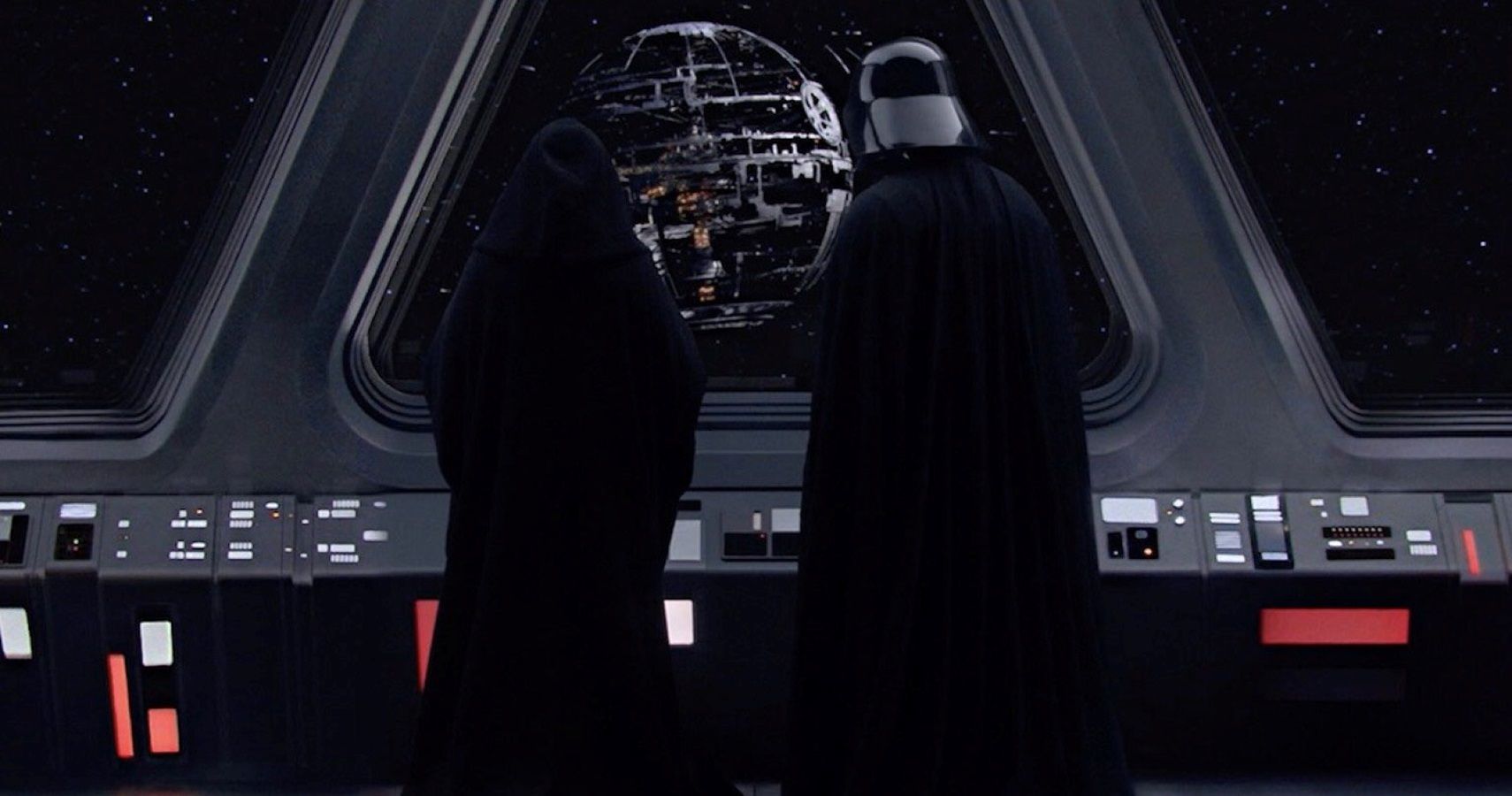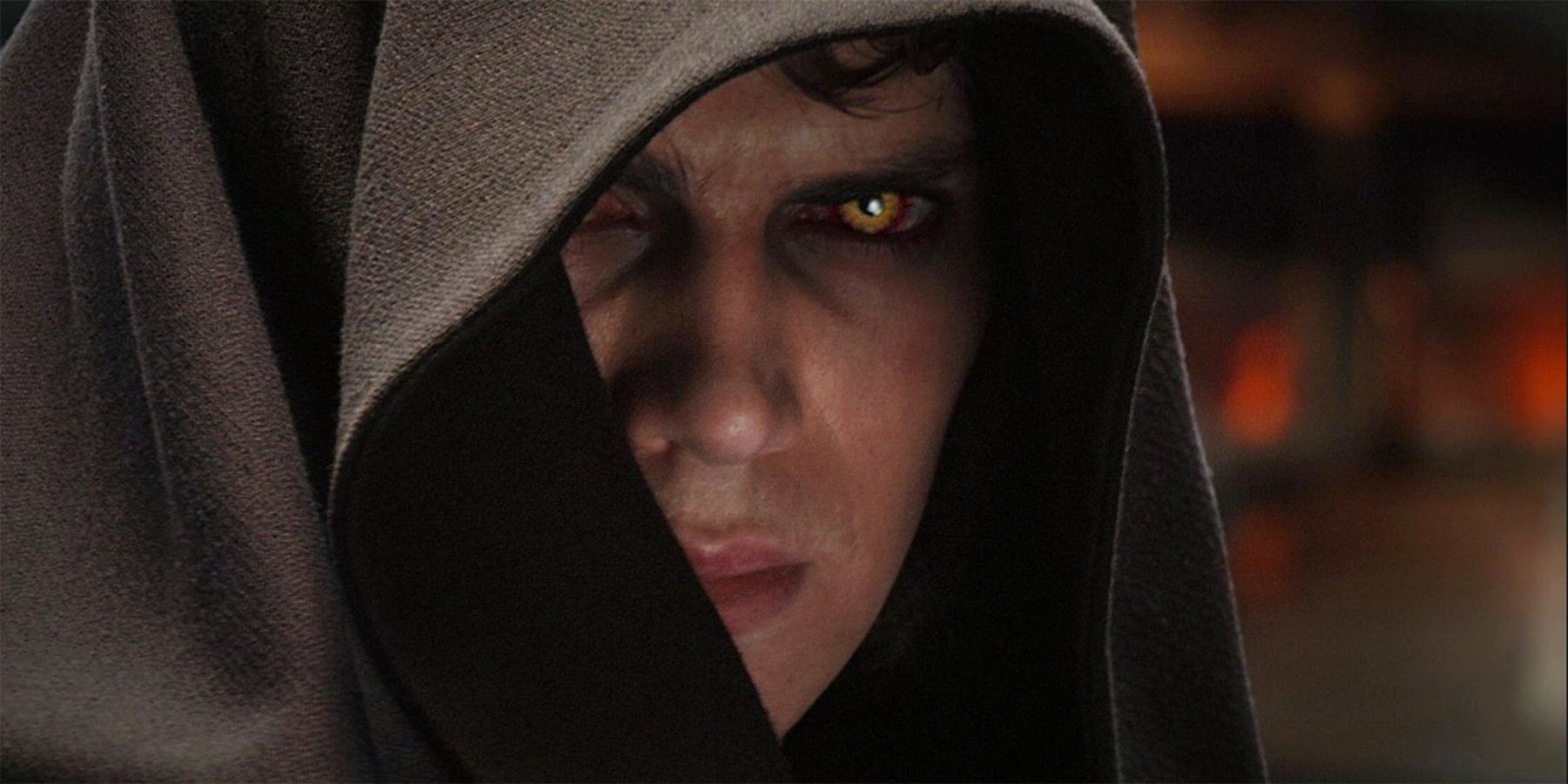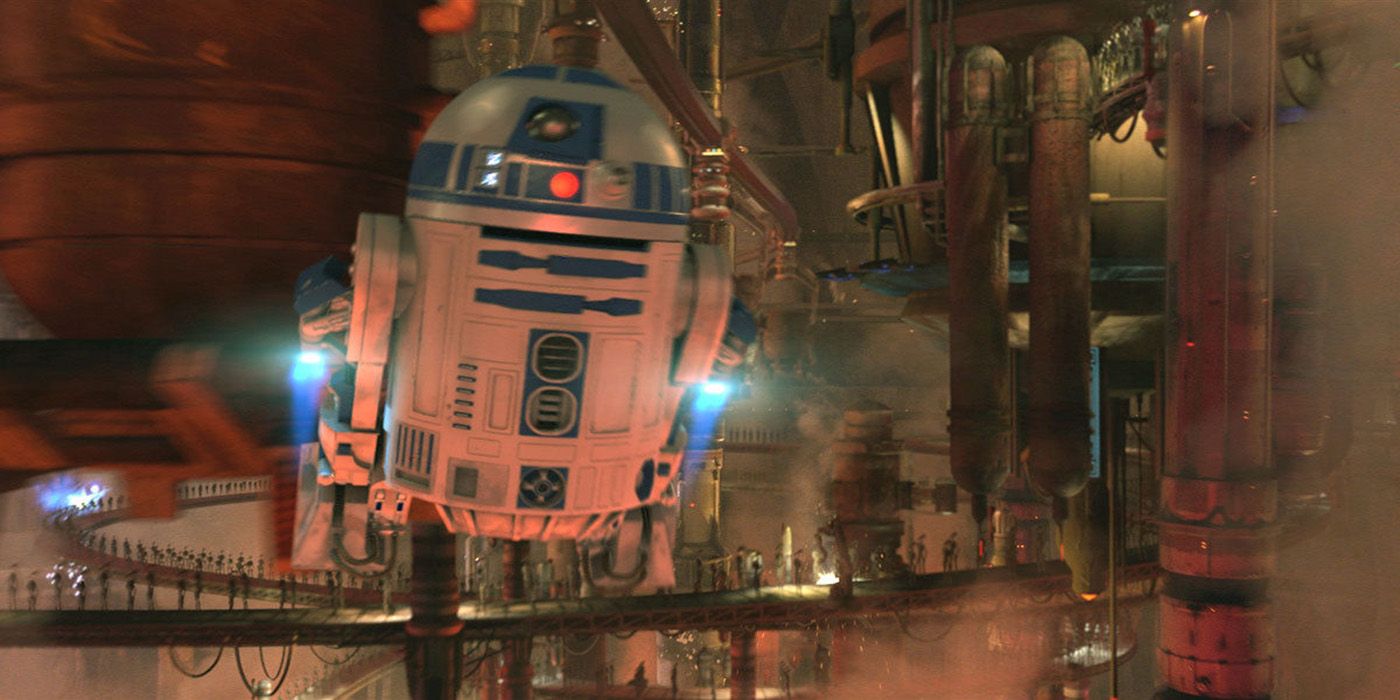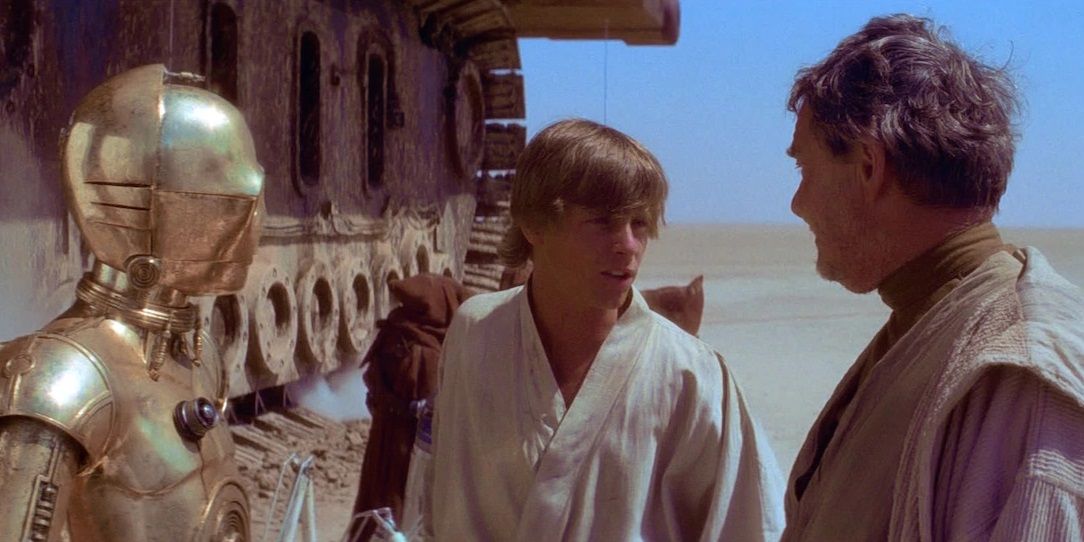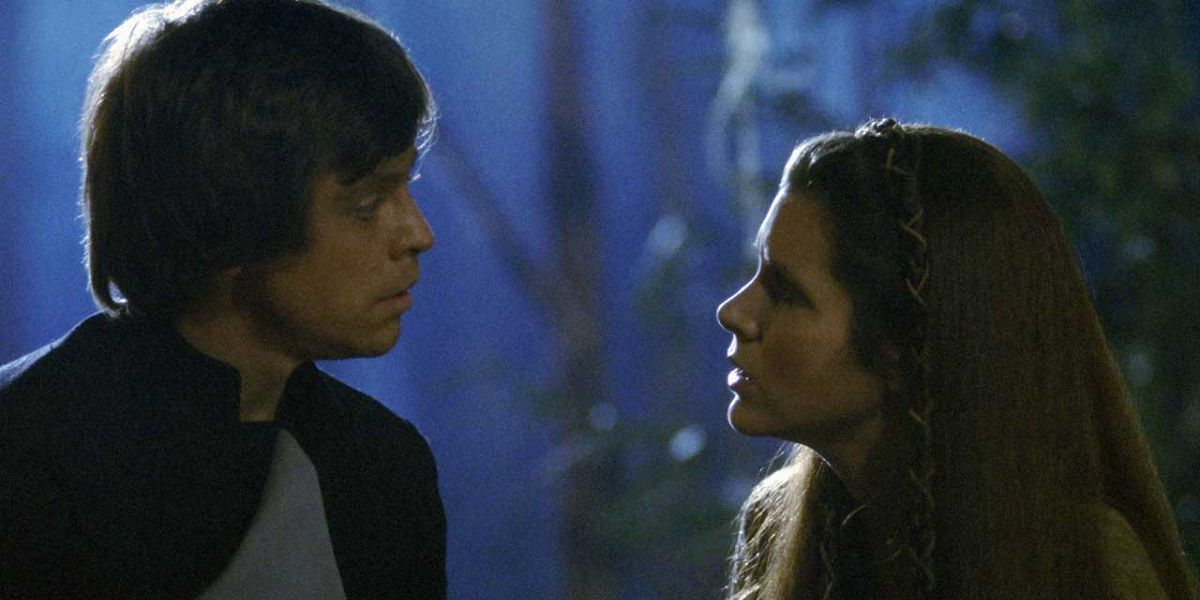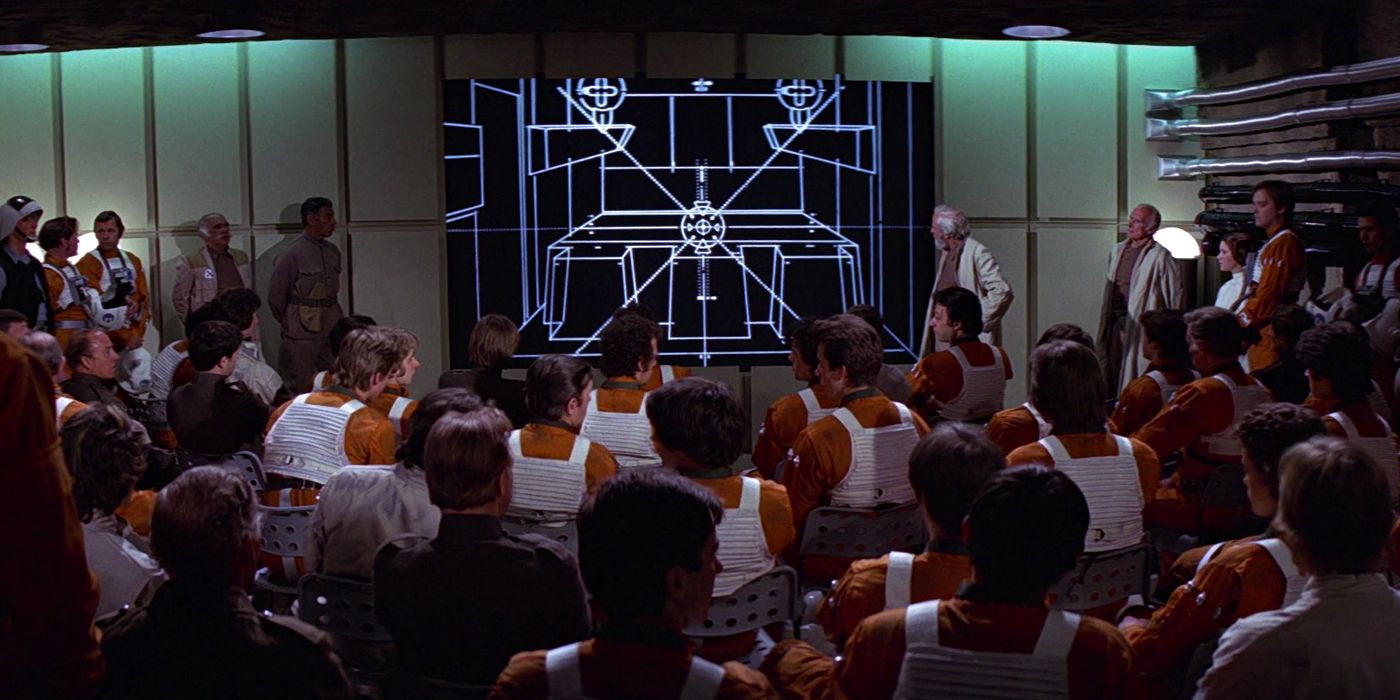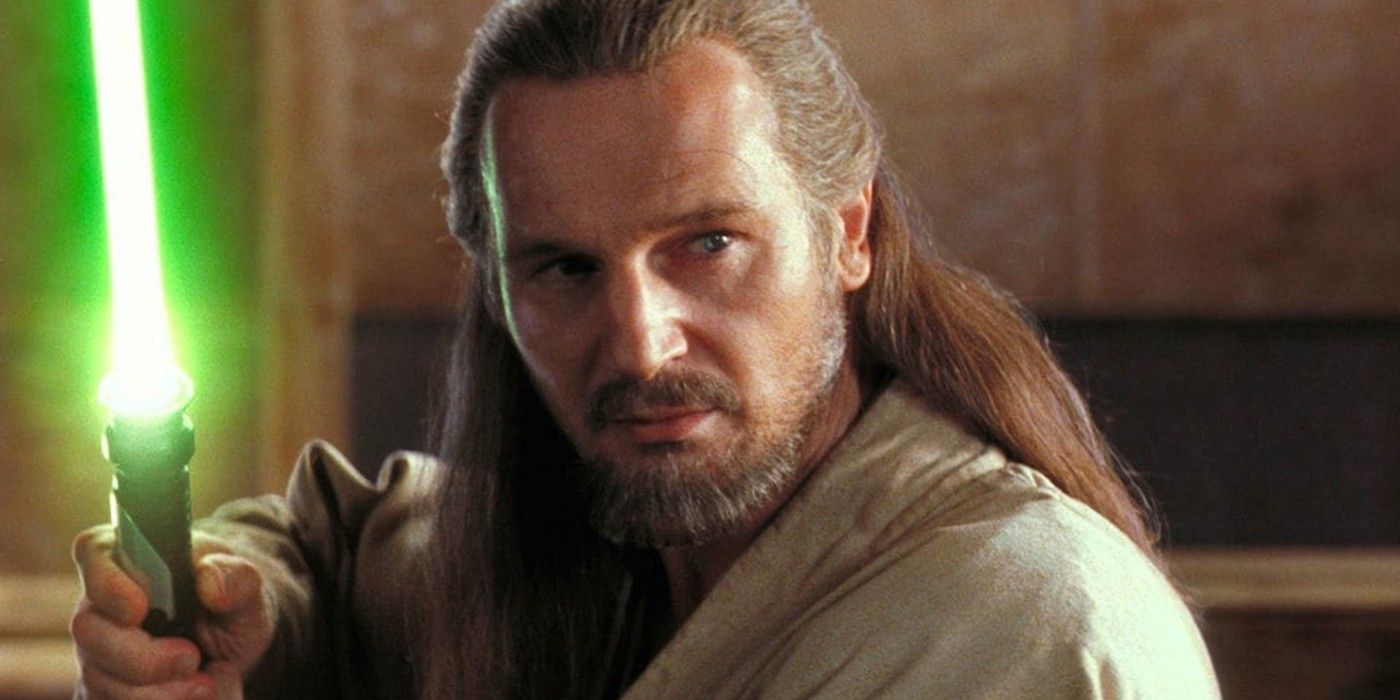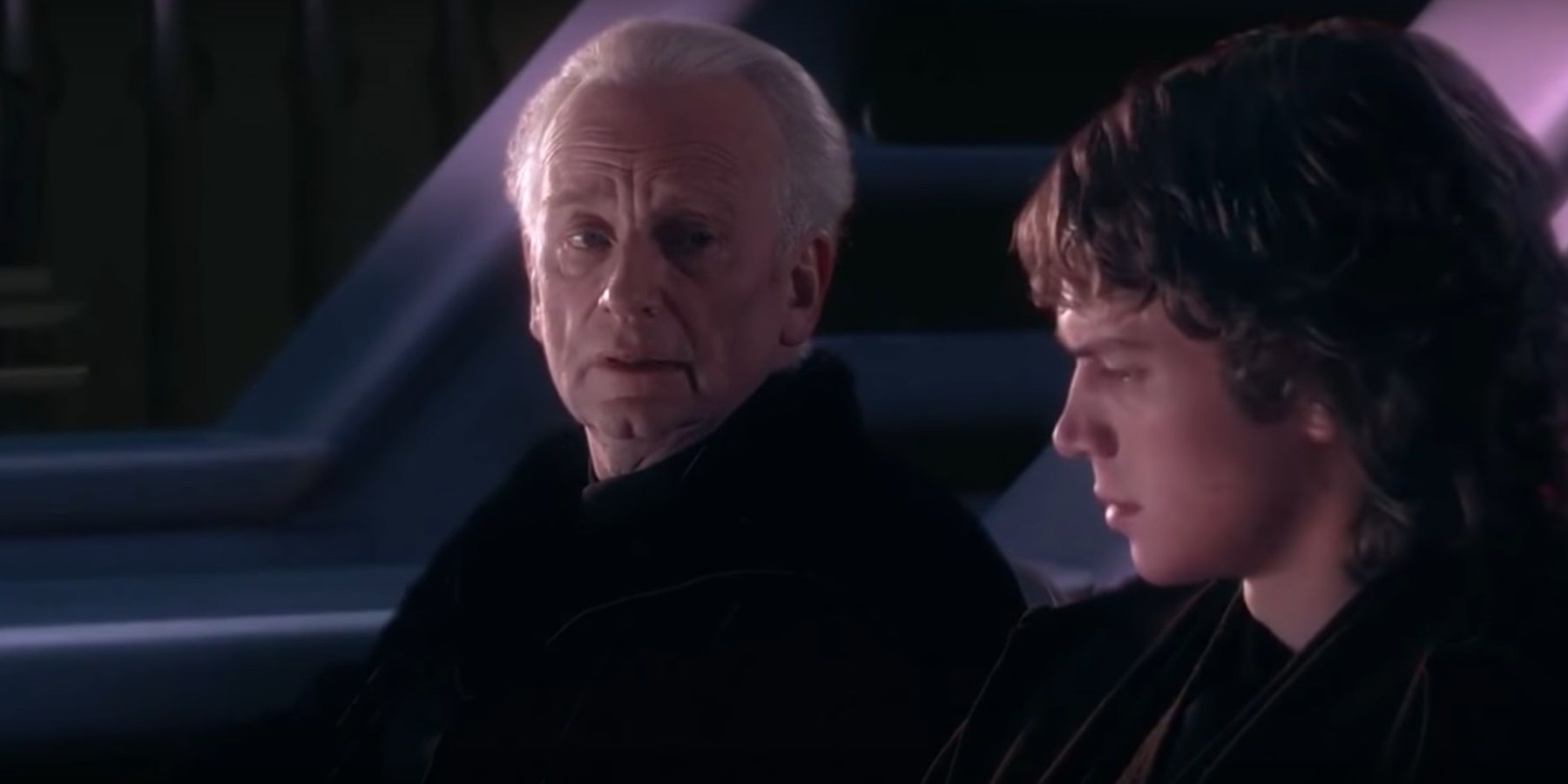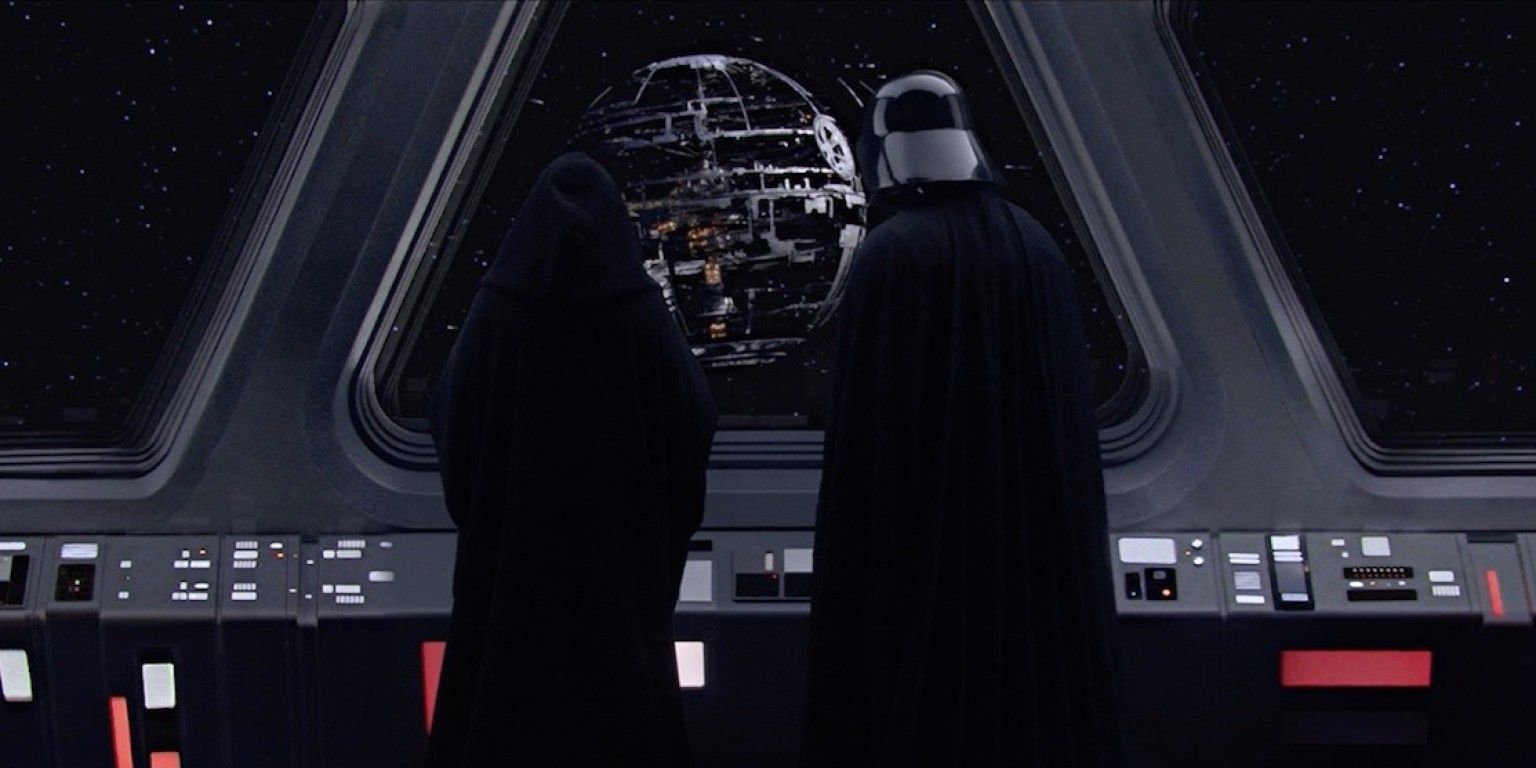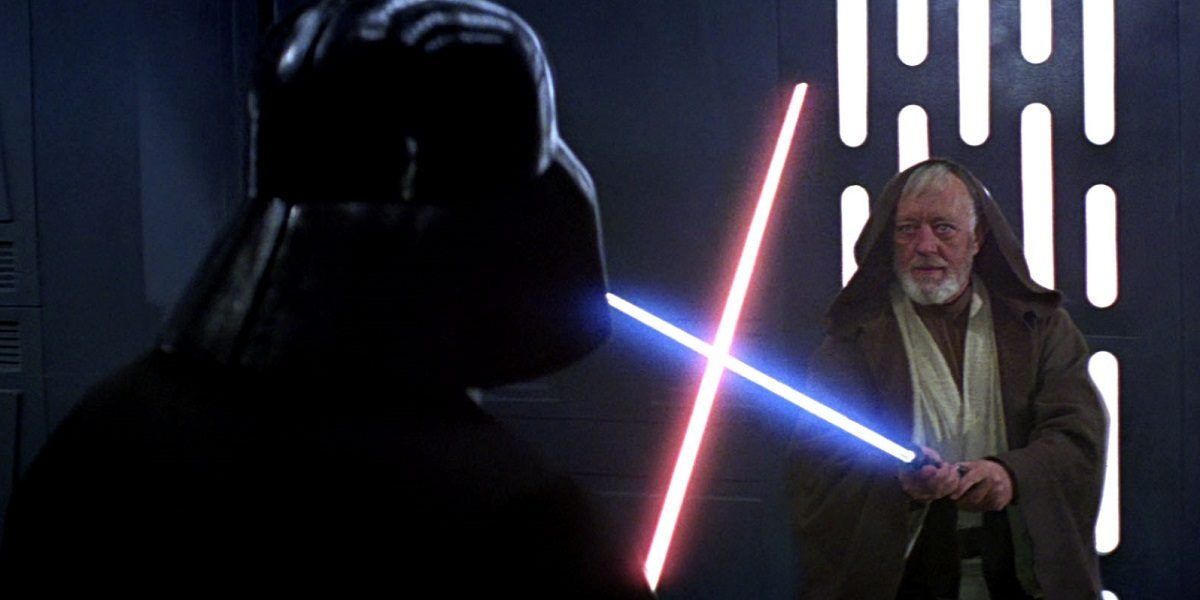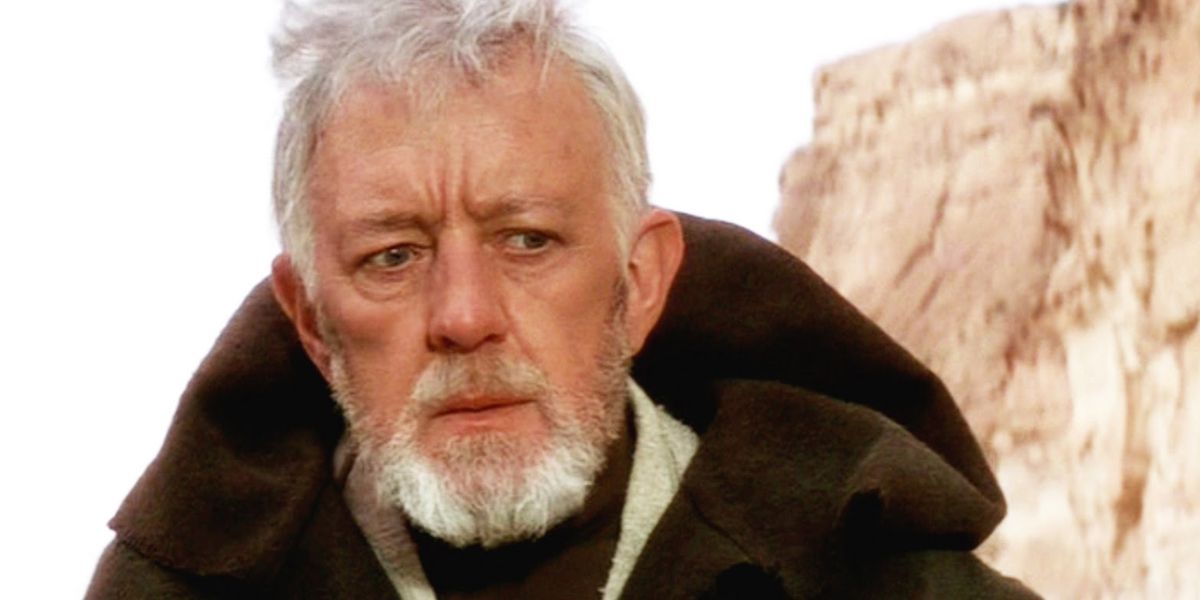Prequels are a tricky business. Audiences go in knowing how it’ll end. The best prequels, like Better Call Saul, use the inevitability of fate as a dramatic tool. But it’s still tough to tell a satisfying narrative when another satisfying narrative featuring the same characters that’s already been told is forever on the horizon.
George Lucas mapped out a six-part saga in the 1970s, then began with the fourth, fifth, and sixth chapters, and still managed to create plot holes and inconsistencies when he got around to making the first, second, and third entries in the saga. So, here are 5 ways that the Star Wars prequels are consistent with the original trilogy, and 5 plot holes that the prequel trilogy created.
CONSISTENT: Anakin Skywalker Is Conflicted
One of George Lucas’ smartest decisions with the overall story arc of the Star Wars prequel trilogy was painting Anakin Skywalker as a tragic hero in the mold of Hamlet or Harvey Dent. He’s hailed as “the Chosen One” who will paradoxically bring balance to the Force by destroying the Sith, but he ultimately ends up being manipulated by a smarter, more powerful overlord and joining the Sith instead.
Anakin was always conflicted, so it makes sense that Darth Vader would also question his own actions in the original trilogy (or, at least, when his son came back into the picture and reminded him of the virtues of the light side of the Force).
PLOT HOLE: R2-D2’s Arsenal Of Gadgets
In his first appearance, R2-D2 was a glorified Roomba whose entire array of functions amounted to picking locks, storing holographic messages, and roaming around flat surfaces.
However, in the prequels, he revealed himself to be a Swiss Army droid with all kinds of 007-esque gadgets up his sleeve. He even has rockets that he can use to fly around, which didn’t serve the plot, but did make Artoo a more fun playable character in tie-in video games. Some of these gadgets would’ve been handy in Cloud City, or in Jabba’s palace.
CONSISTENT: Luke And Leia’s Adoptive Parents Protected Them From The Truth
After Padmé died, Bail Organa took Leia to raise as his own daughter, while Obi-Wan took Luke to be raised by Uncle Owen and Aunt Beru on Tatooine before exiling himself nearby. This lines up well with Luke and Leia not being aware of each other or their paternal link to Darth Vader in the original trilogy.
Bail, Obi-Wan, Owen, and Beru all consciously decided to protect Luke and Leia from the truth – that they were the offspring of the most evil man in the galaxy – by simply not telling them.
PLOT HOLE: How Did Leia Remember Her Mother?
When Luke tells Leia that she’s his sister on Endor in Return of the Jedi, she says that she remembers her mother dying when she was “very young,” and that she was “beautiful, kind, but sad.” In Revenge of the Sith, right after giving birth to Luke and Leia, Padmé dies.
To be fair, Padmé did die when Leia was very young (about as young as you can get) and her cause of death was given as sadness, but there’s no way Leia would remember anything about Padmé after being alive for just a few minutes. Some fans have suggested that Leia meant her adoptive mother, Bail Organa’s wife, but Luke specifically asks her about her biological mother.
CONSISTENT: Technology Went Downhill When Democracy Fell
Some Star Wars fans have deemed it inconsistent that the prequel trilogy features futuristic technologies and sleek ship designs when the original trilogy – which is set a couple of decades later in the timeline – featured primitive technologies and rustic, lived-in environments (giving way to the “used future” aesthetic in science fiction).
However, this is consistent. The prequel trilogy is set during a time when democracy was thriving under the Republic, so resources could be expended on advancing technology. In the original trilogy, on the other hand, a monolithic dictatorship rules the galaxy with an iron fist. It makes sense that technology went downhill when liberty died to the sound of thunderous applause.
PLOT HOLE: Qui-Gon Who?
In the original trilogy, Qui-Gon Jinn’s crucial role in the lives of Anakin Skywalker, Obi-Wan Kenobi, and even Yoda has been completely forgotten about.
Even though Obi-Wan learned how to return from beyond the grave as a Force ghost from Yoda, and Yoda learned it from Qui-Gon, Qui-Gon’s Force ghost is nowhere to be seen at the Ewoks’ party in Return of the Jedi. There are obvious logistic reasons for this, but it still makes the whole saga feel a tad off-kilter as a complete piece.
CONSISTENT: The Rule Of Two
It’s been suggested that the Sith’s “Rule of Two” contradicts Darth Vader and the Emperor’s plan to convert Luke Skywalker over to the dark side, because they already have two and, by the logic of this rule, don’t need a third.
However, the Emperor’s plan was for Luke to embrace his anger, strike him down, and become the Vader to Vader’s Palpatine, just as Palpatine had once been the Vader to Plagueis’ Palpatine. Palpatine’s ultimate plan was to die with the future of the Sith in safe hands, so the attempts to convert Luke make sense.
PLOT HOLE: The Death Star Took 19 Years To Build
As a means of bridging the gap between the prequel and original trilogies, one of the final shots in Revenge of the Sith sees Darth Vader and Emperor Palpatine observing the construction of the Death Star.
Since the original trilogy picks up 19 years later with the Rebel Alliance’s quest to destroy the newly completed Death Star, this seems to hint that the Empire’s superweapon took two decades to build. But the second Death Star is almost finished after just a couple of years’ worth of construction in Return of the Jedi.
CONSISTENT: Obi-Wan’s Final Duel With Vader Is More Poignant
In the original 1977 Star Wars movie, Obi-Wan Kenobi has one final confrontation with Darth Vader that ends with the old Jedi being struck down by his former apprentice. Fans watching the original trilogy when it first came out had no idea what kind of history the pair had. In the prequel trilogy, Obi-Wan trains Anakin to be the Jedi’s last hope, and he instead becomes the Sith Lord that beckons the Jedi’s destruction.
The two warriors had an emotionally charge showdown on Mustafar in which Obi-Wan lopped off Anakin’s limbs and left him to burn. Then, he was rescued by Palpatine and put into the Vader suit. With that in mind, when fans revisit the original trilogy, the poignancy of Obi-Wan and Vader’s final duel is a lot clearer.
PLOT HOLE: “I Don’t Seem To Remember Ever Owning A Droid.”
When Luke Skywalker tells an aging Obi-Wan Kenobi that R2-D2 claims to be his property, Obi-Wan says, “I don’t seem to remember ever owning a droid.” In the prequel trilogy, Obi-Wan goes on many missions with Artoo, and the trusty little astro droid even saves his life on a few occasions, so it doesn’t make sense that he wouldn’t recognize him in the original trilogy.
This could be because, in the Star Wars universe, droids are seen as a commodity, but it seems highly unlikely that, after everything he went through with Anakin, Obi-Wan would forget a sassy droid being there the whole time.

